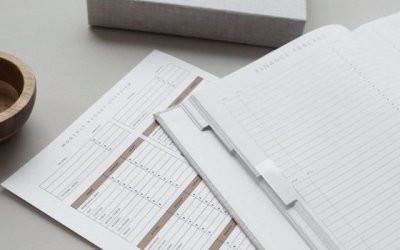Better control of workwear in healthcare reduces healthcare-associated infections
Better control of workwear in healthcare reduces healthcare-associated infections
Hygiene
Healthcare-associated infections, is a challenge for the healthcare sector and involves both a great suffering for the patient and a large cost for the healthcare and society. The only way to minimize the spread of infection is to take control of the healthcare workers’ work clothes and their behavior.
There are many factors behind the existence of HAIs, but all can be summarized in the concept of hygiene. Infections, whether more or less serious, can occur due to shortcomings in cleaning, hand hygiene or the presence of airborne particles during an operation. Textiles that are not handled in a sufficiently controlled manner can also cause HAIs.
Handling textiles at the hospital or factory is the biggest hygiene risk
When the clean laundry arrives at the customers premises, it is difficult to check how hygienic the handling of the textiles really is. The biggest hygiene risk is the users and how they handle the garments internally.
In the case of manual distribution of textiles, i.e. where the users themselves get their work clothes in a storeroom, there is no control of how many hands have touched a garment, or how long it has actually been there. After 30 days, a clean workwear is no longer classified as hygienic because it collects dust and airborne particles or bacteria. If there is no chip marking and reading of garments, these garments may have been stored for any length of time and thus constitute a risk.
An additional common risk is that the user picks up his favorite items and stores them in his own closet. This can be equally unhygienic as the user can also bring bacteria in from the outside on his own private clothes that are then stored in the same closet as the clean work clothes.
A third risk is that users do not always comply with the hygiene requirements for changing to clean clothes every day. A user may not think that comfort garments or doctor’s coat looks dirty and may then use it for several days in a row.
Control puts an end to infection
The only way to minimize infection is to take control of both the textiles and the behavior of the users. An effective textile logistics system reduces the risk of HAIs.
There are different solutions on the market – from room–based solutions to cabinet-based solutions with traceability down to the individual level. The common theme for all types of traceability solutions is that they provide information about how the textiles move. But different systems have different levels of strictness when it comes to controlling users’ behaviors and thus offer different levels of hygiene.
For business with high hygienic demands, the choice of which solution to use depends on how much you are prepared to control the behavior of users. Whichever solution is chosen, hygienic textile management, and even better, textile logistics, can help reduce HAIs and save lives.
/ Anna Hallberg



